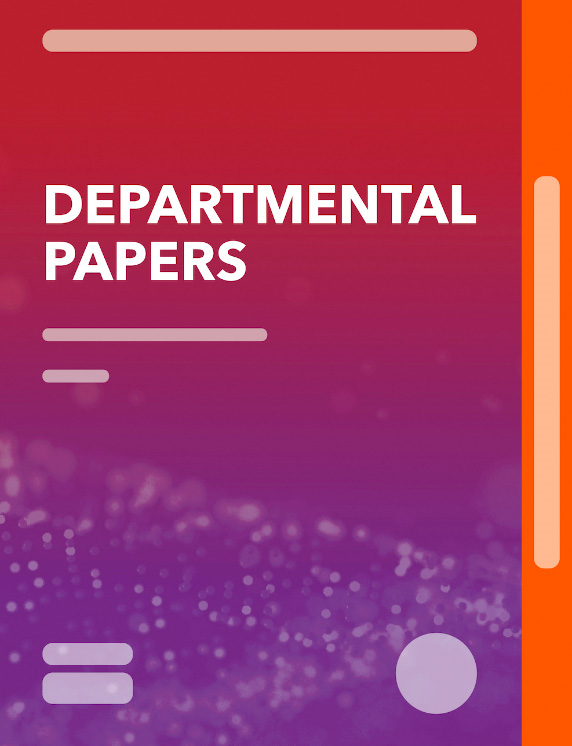Financial Plumbing and Monetary Policy
June 20, 2014
Disclaimer: This Working Paper should not be reported as representing the views of the IMF.The views expressed in this Working Paper are those of the author(s) and do not necessarily represent those of the IMF or IMF policy. Working Papers describe research in progress by the author(s) and are published to elicit comments and to further debate
Summary
This paper focuses on how changes in financial plumbing of the markets may impact the monetary policy options as central banks contemplate lift off from zero lower bound (ZLB). Under the proposed regulations, banks will face leverage ratio constraints. As a result of quantitative easing (QE), banks want balance sheet “space” for financial intermediation/ non-depository activities. At the same time, regulatory changes are boosting demand for high quality liquid assets. The paper also discusses the role of repo markets and the importance of collateral velocity and the need to avoid wedges between repo and monetary policy rates when leaving ZLB.
Subject: Banking, Central bank policy rate, Collateral, Financial institutions, Financial services, Financial statements, Hedge funds, Public financial management (PFM), Repo rates
Keywords: balance sheet, bank, Central bank policy rate, Collateral, collateral velocity, excess reserves, Fed assets, Fed liability, Federal Reserve, Financial statements, GC repo, Global, Hedge funds, market, monetary policy, nonbank nexus, quantitative easing, rate, repo, repo market, repo rate, Repo rates, WP
Pages:
18
Volume:
2014
DOI:
Issue:
111
Series:
Working Paper No. 2014/111
Stock No:
WPIEA2014111
ISBN:
9781498367134
ISSN:
1018-5941






